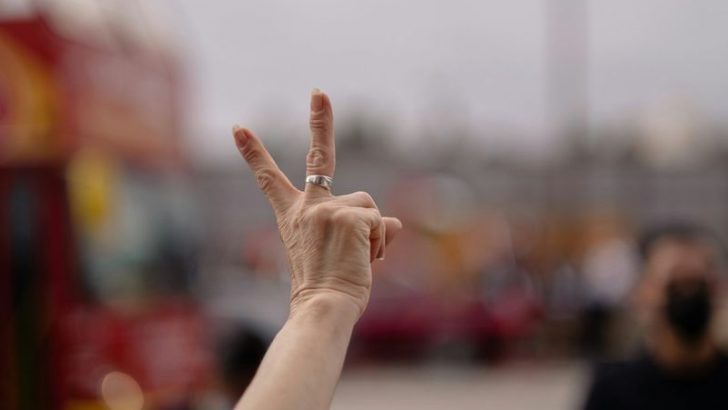In our interconnected world, understanding the subtleties of body language is vital. Hand gestures that convey friendliness in one culture might mean something entirely different elsewhere. This phenomenon is particularly evident in the United States, where gestures seen as welcoming can inadvertently cause offense abroad. Traveling or interacting with international communities requires awareness of these cultural nuances to avoid misunderstandings. The innocent wave or thumbs-up might be misinterpreted, leading to unintended tension. Below, we explore five hand gestures that carry a positive meaning in America but are deeply offensive in other parts of the world.
1. Beckoning Finger
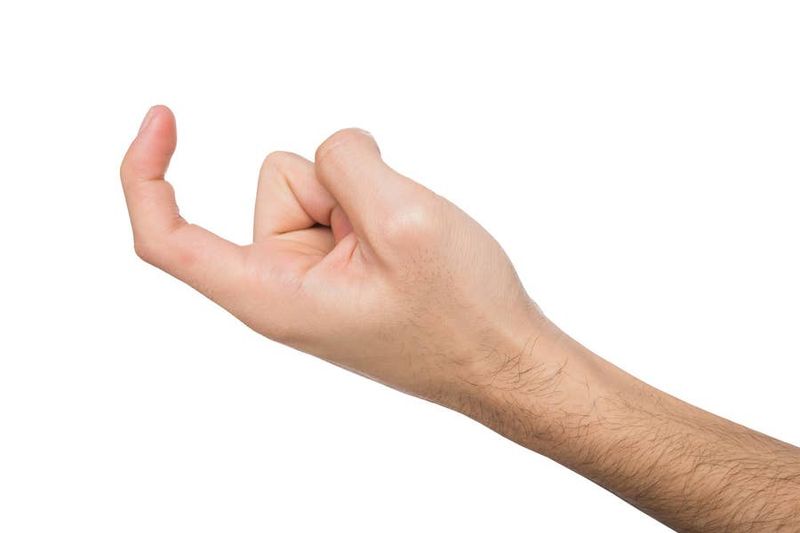
Imagine using a simple beckoning finger to call someone over. In the United States, this is seen as a casual, even friendly way to get someone’s attention. Yet, in Japan, Malaysia, and Singapore, this gesture can be startlingly offensive. In these cultures, it’s akin to summoning dogs and is considered disrespectful. Some might even equate it to a challenge or a precursor to conflict. The cultural roots are deep, with historical ties to hierarchy and respect. Understanding such nuances enriches travel experiences, emphasizing mutual respect and cultural sensitivity.
2. Peace Sign (Palm Inward)
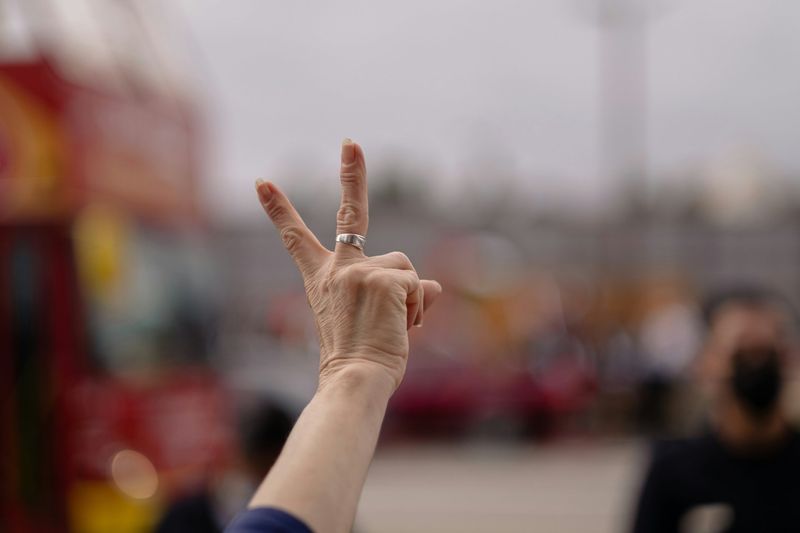
The peace sign, a universal emblem of goodwill, takes a sharp turn when the palm faces inward. Widely recognized in America as a sign of harmony, in countries like the U.K., Ireland, and Australia, it morphs into an insult. Historically, this gesture was used to taunt enemies, and it still carries a potent sting today. For those unaware, it can be an embarrassing faux pas, turning peaceful intentions into unintended rudeness. A gesture so simple becomes a cultural minefield, highlighting the importance of travel etiquette.
3. Thumbs-Up

A thumbs-up is synonymous with approval and positivity in the United States. Yet, in parts of the Middle East, West Africa, and Greece, this gesture may shock or offend. Here, it’s analogous to a crude insult. The innocence of a thumbs-up disappears, replaced by cultural misconstruals. The origins of this gesture’s offensive interpretation are varied, tied to region-specific histories and societal taboos. Travelers should be vigilant, employing local customs and signals to ensure respect and understanding in diverse environments.
4. OK Sign
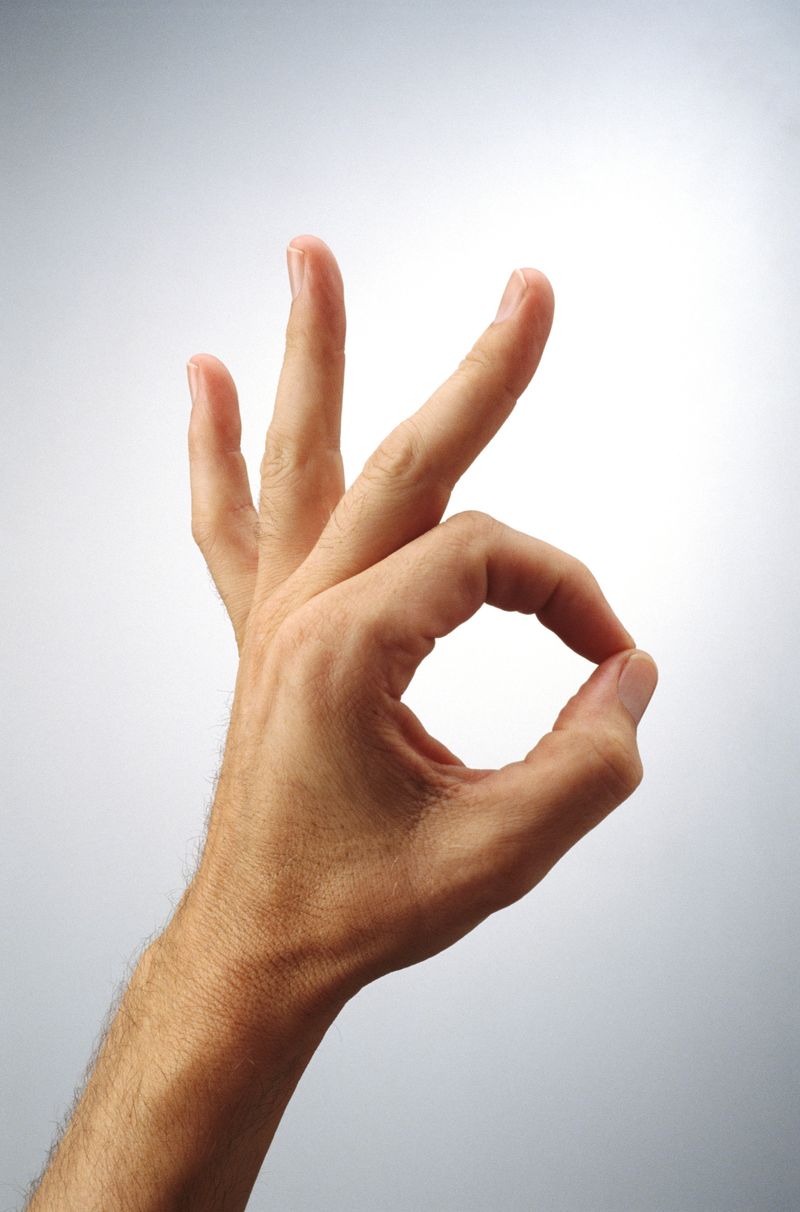
Creating an ‘O’ with your thumb and index finger is a routine gesture in the U.S., signifying everything is alright. In Brazil and parts of Europe, though, it transforms into a derogatory remark. The implications of this sign in these regions are embedded in historical and cultural contexts. For travelers, this simple expression of assent can lead to awkward encounters or even offense. Navigating these cultural landscapes requires an awareness of such gestures’ diverse meanings, ensuring respectful and enjoyable interactions.
5. Fig Sign
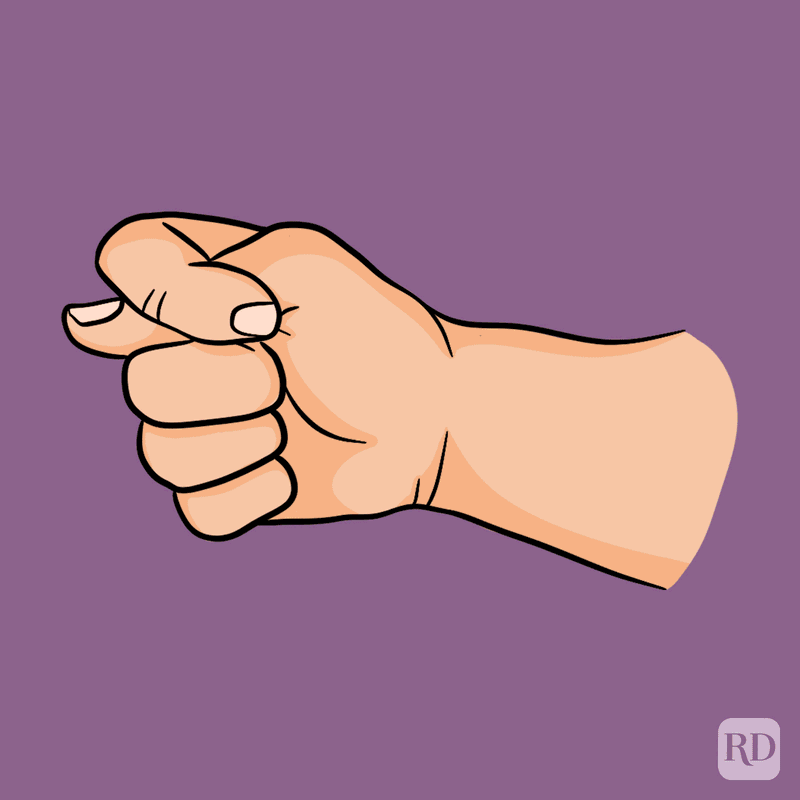
Known in America as a playful gesture in children’s games, the fig sign takes on a different tone abroad. In Turkey, Russia, and Indonesia, it’s laden with offensive implications, akin to a vulgar insult. The gesture’s roots are steeped in cultural and historical significance, often unknown to outsiders. A simple hand movement, innocent in one context, can lead to unintended disrespect elsewhere. Recognizing these differences is key, fostering a more harmonious cross-cultural dialogue.

Well, hello there!
My name is Jennifer. Besides being an orthodontist, I am a mother to 3 playful boys. In this motherhood journey, I can say I will never know everything. That’s why I always strive to read a lot, and that’s why I started writing about all the smithereens I came across so that you can have everything in one place! Enjoy and stay positive; you’ve got this!

